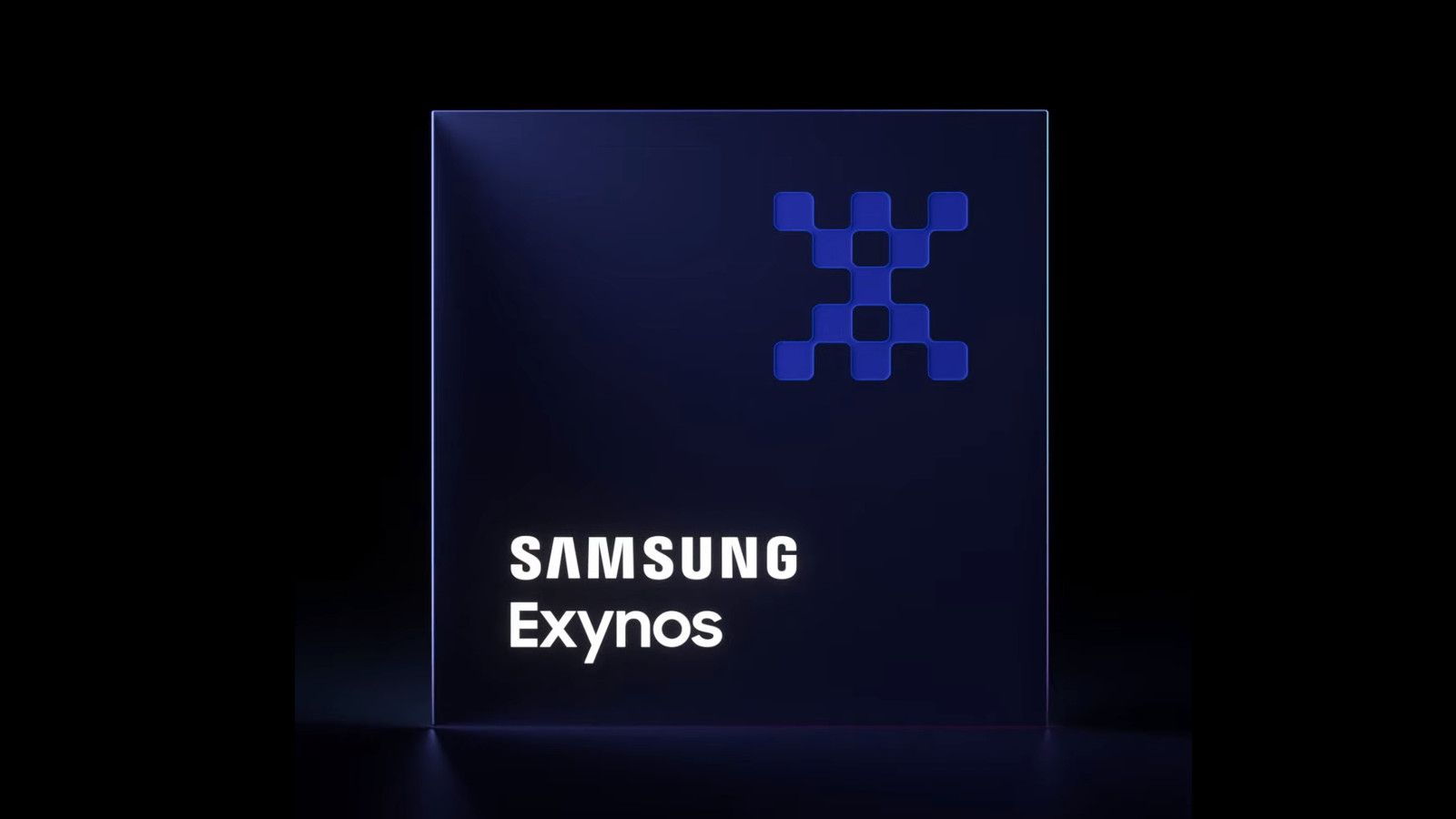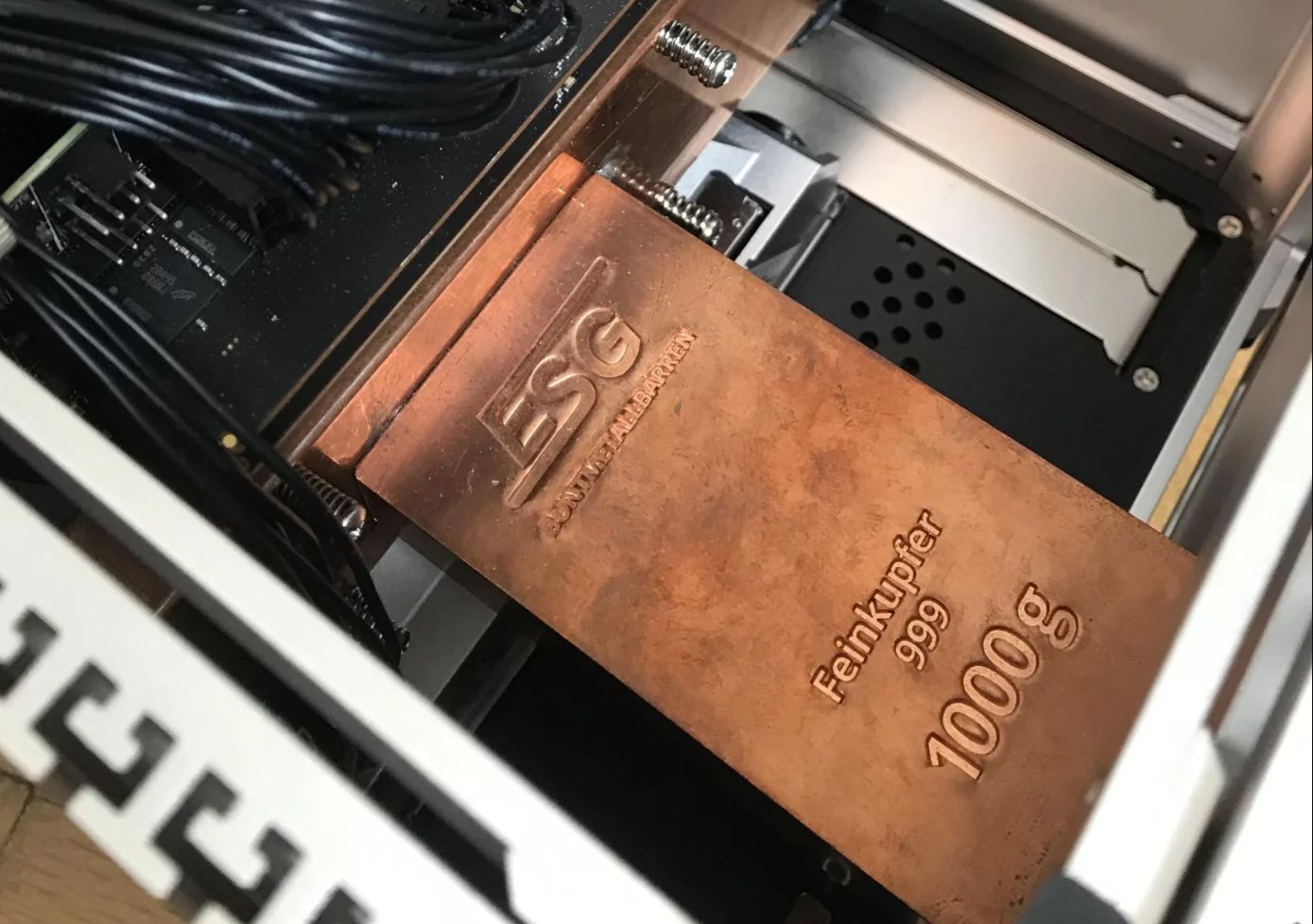Samsung wants Samsung to start using Samsung chips in flagships again
Samsung Exynos
TL;DR Samsung’s chip division is working on getting Exynos chips back into Galaxy S series flagships.
This could result in Exynos variants of the Galaxy S24 series.
Rumors suggest that the base Galaxy S24 model would have an Exynos version.
Samsung ditched Exynos chips for the Galaxy S23 lineup this year, signaling that it might stick to Qualcomm’s premium Snapdragon SoCs for its S series flagships, at least for the near future. However, Samsung’s LSI division, the one responsible for developing Exynos chips, wants to change that.
After incurring significant losses in its semiconductor business in the first quarter of 2023, a top executive at Samsung LSI has said that the tech company’s chip division is working on getting Exynos chips back into Galaxy flagships.
“The MX (Mobile Experience) division is a major customer and aims to develop business with a product lineup that can be applied to all segments of the Galaxy series. We are also working on re-entry,” Samsung execs said during an earnings call held earlier today (via ZDNet Korea). The answer was in response to a question about the possibility of the Galaxy S24 series getting an Exynos variant.
A recent rumor floated on Twitter also suggested that Samsung is planning to equip the base Galaxy S24 model with the Exynos 2400. The SoC will reportedly have a 10-core CPU, including one prime Cortex-X4 core, five Cortex-A720 units, two of which will have a higher frequency, and four power-saving Cortex-A520 cores.
While Samsung LSI’s latest statements do not confirm Exynos’ return on the Galaxy S series phones, it’s a strong indicator that it might happen. One arm of the company is bound to help another in tough times; it all depends on Samsung’s mobile division. If we see an Exynos comeback next year, Samsung could restrict the Snapdragon version of the Galaxy S24 phones to select markets like the US. At the same time, other regions like Europe get stuck with the Exynos variant.
Comments
Source: Android Authority


